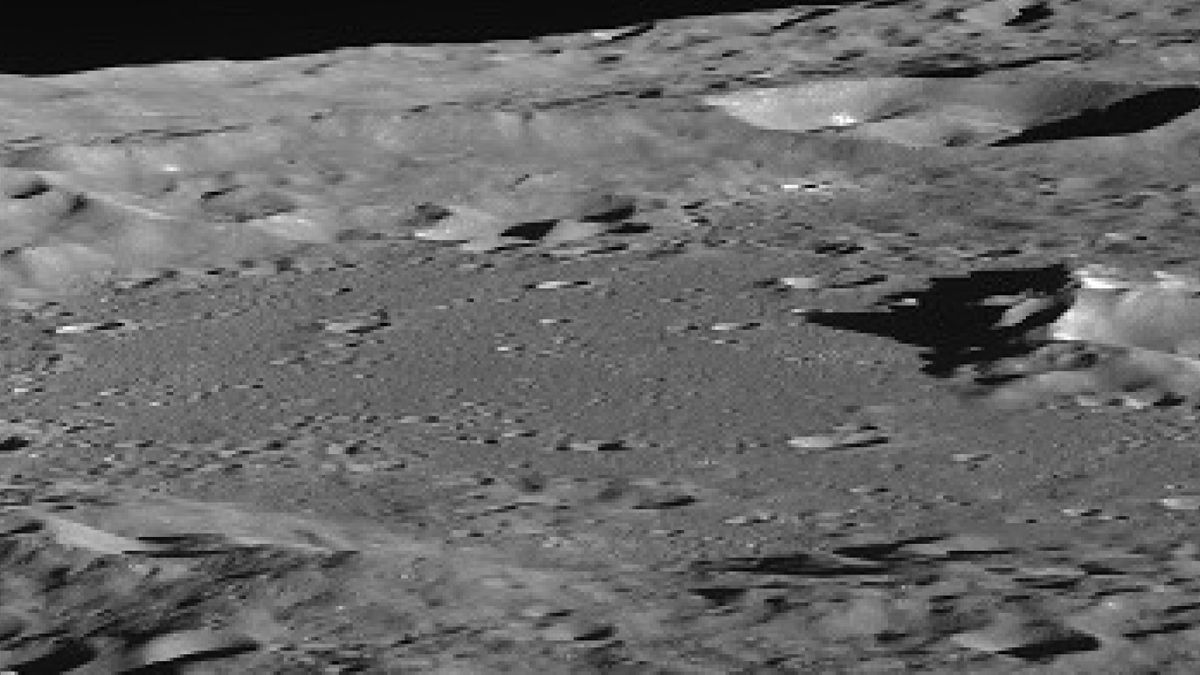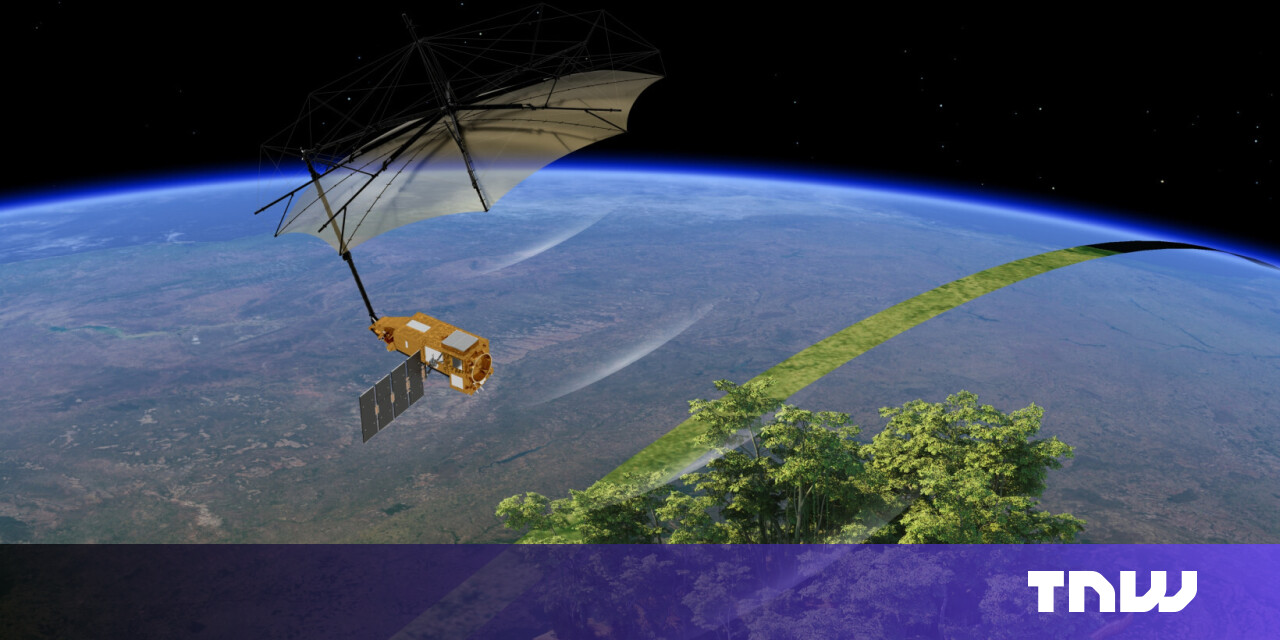South Korea Innovates Lunar Exploration by Transforming Coal Mines

A stunning zoomed-in view of the moonâs Drygalski Crater was recently captured by the high-resolution camera aboard South Koreaâs Danuri lunar orbiter, marking a significant milestone in the countryâs space exploration efforts.
In an exciting development, South Korea is repurposing abandoned coal mines into testing grounds for cutting-edge lunar exploration technologies. The Korea Institute of Geoscience and Mineral Resources (KIGAM) recently conducted an innovative demonstration inside the tunnel of the former Hamtae mine, located in Taebaek, Gangwon Province. This event, which took place in late March, involved deploying prototype lunar rovers equipped with autonomous navigation systems and advanced technologies that could play a crucial role in future space mining endeavors, as reported by the South Korean news outlet Pulse.
The prototype rovers showcased their impressive capabilities by demonstrating mobility across challenging terrains, as well as their ability to collect samples and perform remote sensing tasks. These activities are part of a broader initiative involving government bodies and research institutions aimed at transforming the mine into a state-of-the-art space resource convergence demonstration complex. This facility will serve as a platform for developing the technologies necessary to extract valuable resources from the moon, highlighting South Korea's commitment to advancing its capabilities in space.
Kim Kyeong-ja, the head of the Space Resource Exploration and Utilization Center at KIGAM, emphasized the importance of South Korea independently developing its space resource technologies to compete in the global resource race. âTo compete in the global resource race, Korea must develop space resource technologies independently,â Kim stated. âThis requires mobilizing national capabilities via the collaboration of multiple institutions. It is not something that a single researcher or institute can achieve alone.â
In a related context, South Korea has already made strides in lunar exploration with the launch of its lunar orbiter, Danuri, also known as the Korea Pathfinder Lunar Orbiter (KPLO). The establishment of the national space agency, KASA, last year further underscores the countryâs aspirations in space exploration, with a goal of achieving its first robotic lunar landing by 2032.
Taebek, situated at South Korea's highest elevation, serves as a symbolic gateway to space. The city, which was historically known for its coal mining activities, is now pivoting towards testing technologies that could unlock future energy sources from extraterrestrial realms. This transition from conventional energy sources to innovative space resource exploration represents a forward-thinking approach for the region.
âThe coal that was once mined in Taebaek fueled Korea's industrialization during the 1960s,â said KIGAM President Lee Pyeong-koo. âWe are now beginning a new mission to explore energy resources for future generations, and we are once again starting in Taebaek.â This statement encapsulates not only the historical significance of the site but also the forward-looking vision of harnessing lunar resources for sustainable future energy needs.









